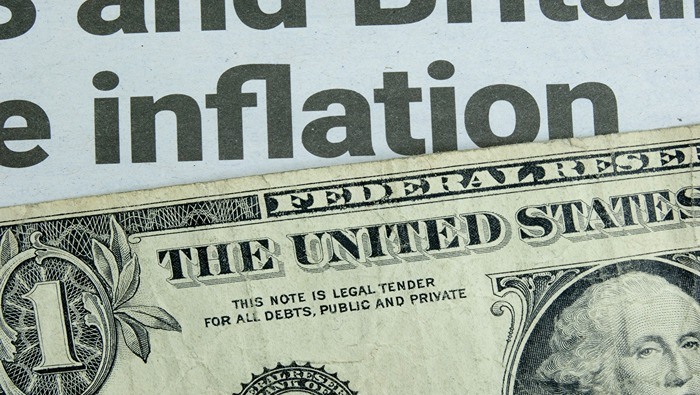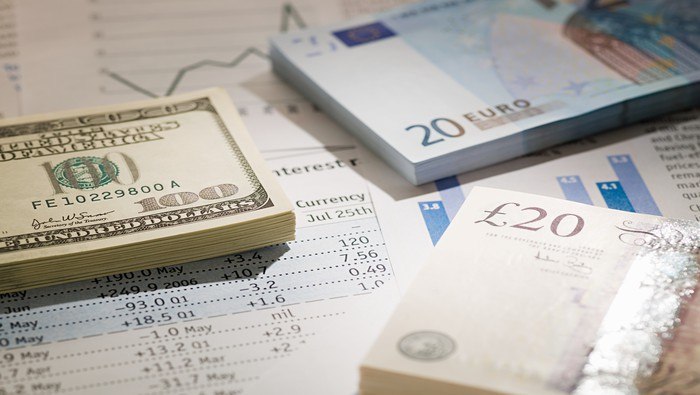The Australian Dollar managed to recover about 1.6 to 1.8 percent against the US Dollar in the last three months of 2019. While this might have been the best quarter since Q3 2017, it certainly was not the most exciting. Using average true range over a 3-month period, we have not seen such extreme measures of subdued volatility since the end of 2002. Due to fundamental uncertainties, we may continue seeing a lot of range-bound price action ahead and the technicals seem to be pointing in that direction as well. Using a monthly chart, AUD/USD has left behind a Morning Star candlestick formation that is accompanied with positive RSI divergence. The latter shows downside momentum which can precede a turn higher or translate into consolidation.
AUD/USD Monthly Chart (Chart 1)

These are bullish signals that with confirmation, may translate into a reversal of the dominant downtrend since February 2018. This would mark a change of trend after prices broke under key rising support from 2002 – see chart below. Confirmation of a reversal is however lacking. With that in mind, the beginning of the new decade could set the stage for what is to come down the road.









